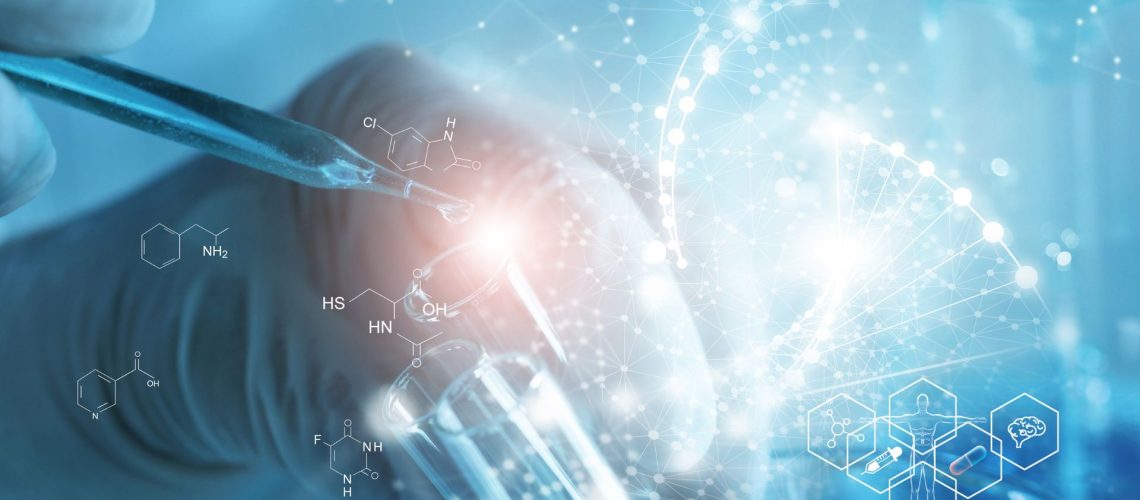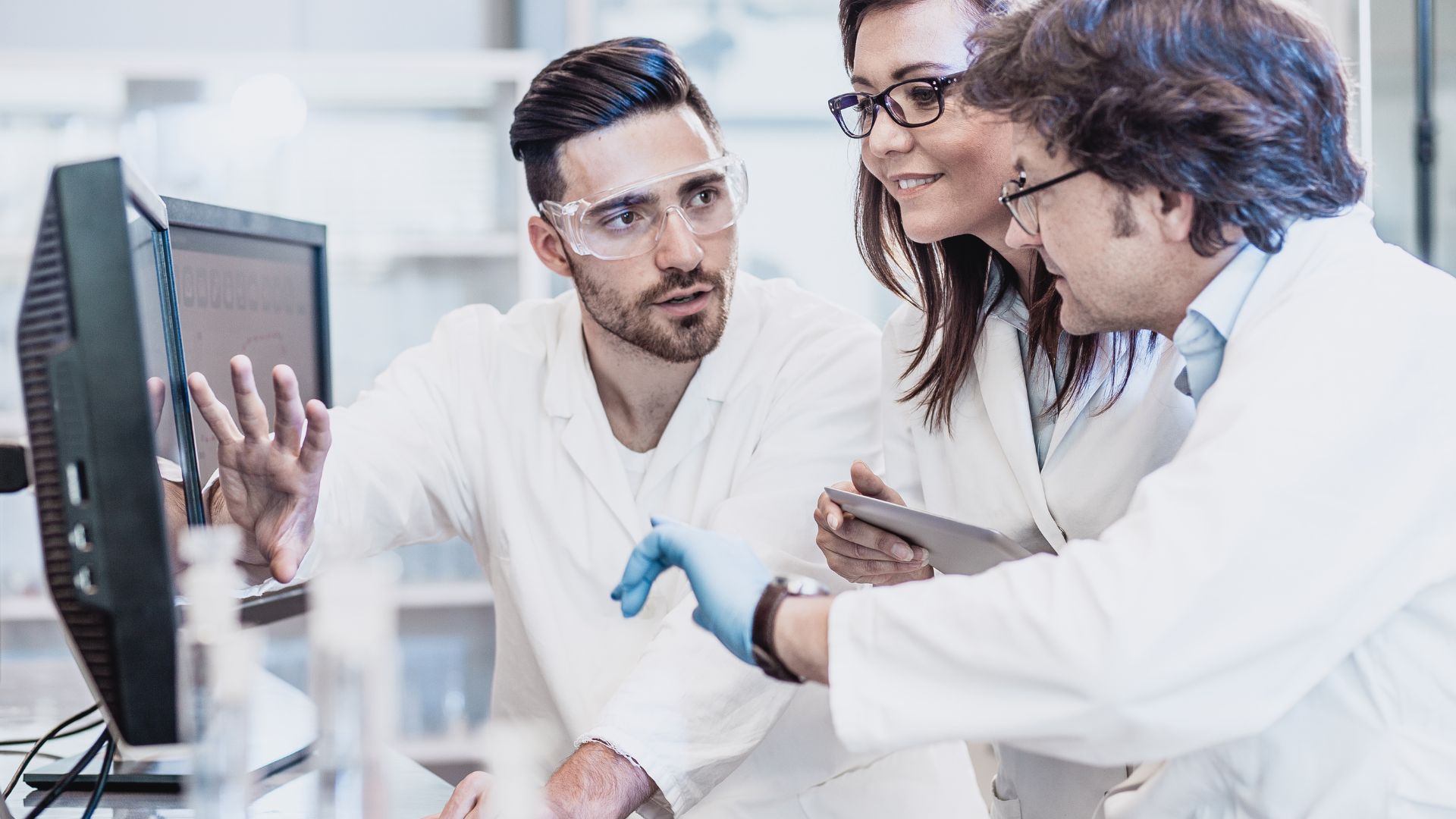The world of pharmaceuticals is complex and layered. At the heart of this realm is the drug discovery pipeline, a multi-stage process that transforms scientific concepts into life-saving therapies. We’re going to explore the journey that a drug takes from the initial discovery or identification to clinical trials and ultimately into the hands of patients.
What is a Drug Discovery Pipeline?
The drug discovery pipeline represents the stages of research and development that a new therapeutic undergoes before it reaches the market. It begins with a concept – a disease to be treated, a biological target to be affected, or a chemical compound with potential therapeutic effects. The pipeline then encompasses a range of studies, from laboratory experiments to clinical trials involving real-world patients. The end goal is a safe, effective therapy that can enhance or even save lives.
Steps in the Drug Discovery Pipeline
The drug discovery pipeline involves several key steps. Naturally, every company manages the details differently. However, at a high level, most steps are fairly universal.
- Identification of Drug Target: This is the first step where a potential drug target, usually a protein or gene associated with a disease, is identified.
- Drug Screening and Design: Potential drugs that can interact with the identified target are screened and designed. Here, computational models and computational chemistry are employed to predict how a potential drug will interact with its target and optimize its structure for maximum effectiveness.
- Preclinical Testing: Once a promising drug candidate has been identified, it undergoes preclinical testing. This involves laboratory studies and animal models to assess the drug’s safety and efficacy.
- Clinical Trials: If the drug proves safe and effective in preclinical studies, it moves to the clinical trial stage. This entails testing the drug in humans, starting with small safety trials and progressing to larger studies that assess both safety and effectiveness.
- Regulatory Approval: Throughout the drug discovery process, the potential drug must meet stringent standards set by regulatory bodies. In the United States, this is the Food and Drug Administration (FDA), in the European Union, it’s the European Medicines Agency (EMA), and in the United Kingdom, it’s the Drug Discovery Foundation.
The History of the Drug Discovery Pipeline
The concept of a drug discovery pipeline has been around for decades, evolving with advances in technology and our understanding of biology. The early pharmaceutical industry was driven by the isolation of active compounds from natural sources like plants and animals. This process was largely empirical and heavily dependent on trial and error.
The evolution of scientific knowledge and technology transformed the drug discovery approach. As our understanding of biology expanded, so did our ability to identify and understand the molecular and cellular processes that cause disease. The development of sophisticated techniques allowed for the isolation and characterization of proteins and genes associated with various diseases. This led to a shift from empirical drug discovery to a more targeted approach. Researchers began designing drugs based on specific biological targets, marking a significant milestone in the history of drug discovery.
This target-based approach has become the standard in the pharmaceutical industry, thanks to advances in genomics and proteomics that have greatly expanded our knowledge of disease processes.
Today’s drug discovery pipeline is not just sophisticated, but also highly regulated. Rigorous standards and regulations are in place to ensure the safety and efficacy of new drugs. From initial target identification to preclinical testing and clinical trials, every stage of the pipeline is meticulously monitored and controlled, ensuring that every new drug brought to market is both safe and effective.
How AI Changed the Drug Discovery Pipeline
In the last few years, artificial intelligence (AI) has revolutionized the drug discovery pipeline. It has infused the process with unprecedented speed, precision, and efficiency, thus drastically altering how we identify and develop new drugs.
Biotech companies leverage AI to analyze vast amounts of data, identify patterns, and enhance predictive modeling by analyzing past results faster than human researchers alone. This has allowed us to identify potential drug targets and screen compounds more efficiently and cost-effectively than ever before, significantly speeding up the early stages of drug discovery.
One of the primary ways AI is changing drug discovery is through the use of computational models. These models, driven by AI algorithms, can predict how a potential drug will interact with its target in the body. This ability to simulate drug-target interactions is instrumental in optimizing the drug’s structure to maximize efficacy.
Beyond drug design, AI also plays a critical role in safety assessments. It can help identify potential safety issues early in the drug discovery process, thereby reducing the risk of expensive failures in later stages. AI algorithms can analyze data from preclinical trials to predict potential adverse effects, allowing researchers to address these issues well before the drug reaches clinical trials.
AI has not only revolutionized the drug discovery pipeline becoming an indispensable tool in the drug design and optimization process but is also shaping its future.
A Drug Discovery Pipeline Example: Delta4’s Approach
At Delta4, we’re leveraging the power of AI to discover new therapies for complex and rare diseases. Our AI-driven drug discovery pipeline utilizes Hyper-C, our AI-powered platform that analyzes large amounts of data to discover relationships between drugs and diseases. It allows us to identify potential new uses for existing drugs with known safety profiles, accelerating the initial stages of the process and reducing the risk of late-stage failures.
Our drug discovery pipeline includes several ongoing projects aimed at treating a range of conditions, from Focal Segmental Glomerulosclerosis (FSGS) to Long-COVID-19 Anosmia among others.
You’ll notice many of the stages that we addressed earlier and how each of the compounds is progressing through them. The process doesn’t involve simply waiting to see which compounds succeed. The path can uncover exciting discoveries as well as important research and results that are shared with the world.
Together, biotech companies are tackling many of the most challenging diseases we face. Both technology and our understanding are growing exponentially and diminishing the time it takes to put life-saving therapeutics in the hands of patients.
Subscribe to our newsletter below to learn more about the work we do, important developments as we push our compounds through the pipeline, and news and developments in the pharmaceutical industry.


